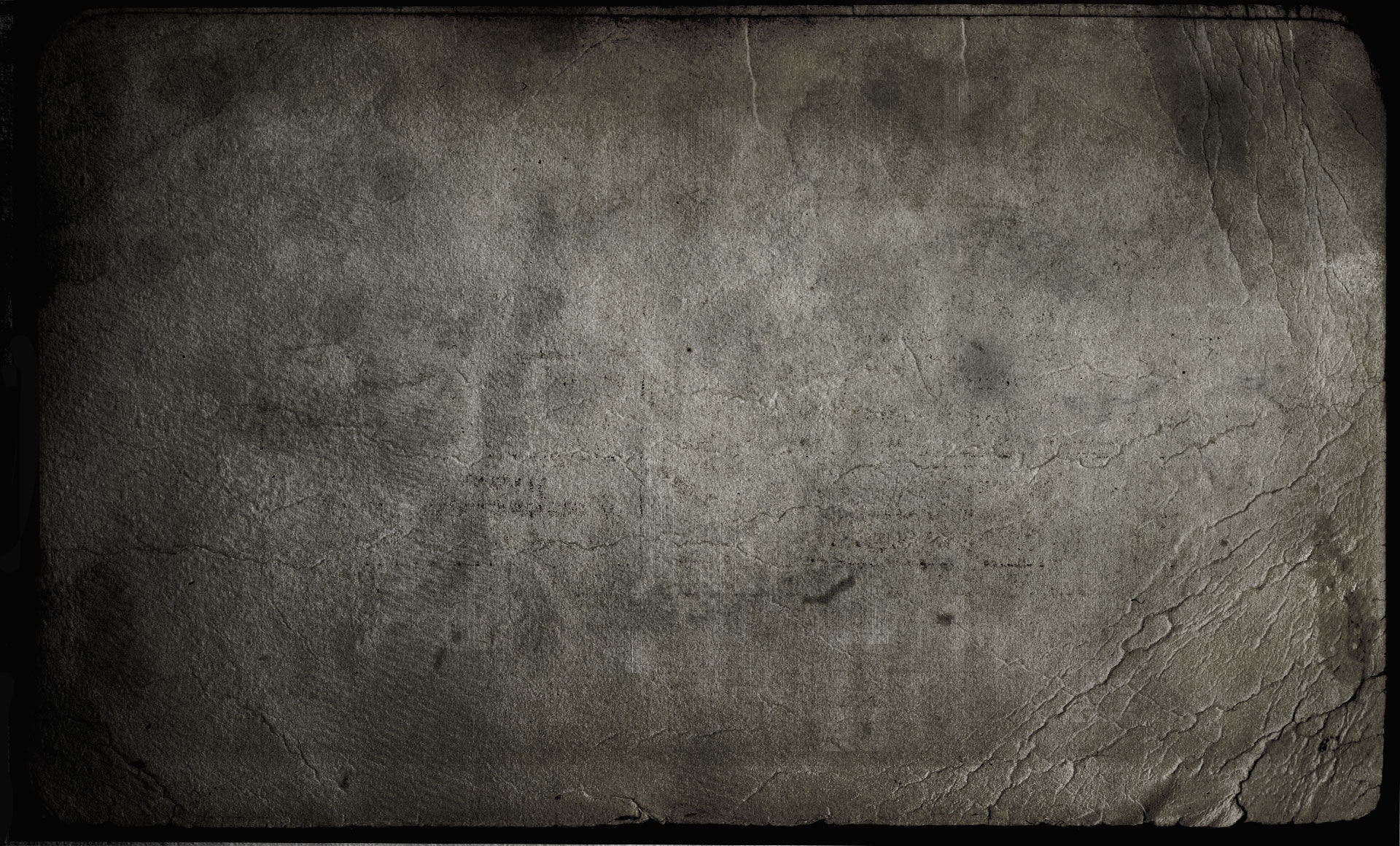WINTHERSTORMER: D.E.S.H. (2018)
- Sylvain Lupari

- Feb 14, 2019
- 4 min read
“D.E.S.H. is a rough album where Berlin School is reinvents in so many musical genres, including art music for daring ears”

1 d.e.s.h. 14:06 2 Lunger er for unger det er gjeller som gjelder 9:17 3 Intermezzo 4:43 4 Nitrogen 24:52 Pakusch Project Records PP1801 (CD 52:02) (V.F.) (Progressive Berlin School)
Phew! It takes a lot of understanding oil, maybe even tolerance, in order to bring down the music of this D.E.S.H. deep in our eardrums. Yes, an open mind towards new musical horizons is required to anchor well our ears to this first album of WintherStormer in the last 7 years. I even thought that the Norwegian group had stopped making music! Amputee of his drummer, Geir Marthin Helland left the quartet, the music of D.E.S.H. does not suffer in any way because of a tight complicity between Terje Winther and Erik Stormer on synths, sequencers and other electronic instruments and the guitarist Atle Pakusch Gundersen who also plays the flute, and I even suspect that he has kept his intimacy with the Theremin and the vocoder. Presented as part of a concert in Oslo at the end of October 2018, this fifth opus of WintherStormer displays a fascinating violence which is fragmented between Berlin School style rhythmic monuments and phases of cosmic rock in a psychedelic Hard Rock envelope that is very particular to the Scandinavian countries and which is in the order of things of the Norwegian band.
It's a double rhythm movement of the sequencer which introduces the title-track. The sequences hop from one speaker to another in accordance with the pure rhythms of the Berlin School, while a tasty bass line decorates the structure with a harmonic fluidity. Guitar riffs fall and d.e.s.h. sinks into a Berlin School heavy, hard and as jerky as the armada of riffs which become however quite musical. A gallop like those of a mini-horse in a carousel rotating too fast, the rhythm is as catchy as a solid Progressive Hard Rock, one forgets that we listen to a supposed Berlin School, where the synth solos steal the show to the rhythmic riffs and the sequencer. Redesigning speed and heaviness, the sequencer alternates the velocity of its keys which hop with a fraction of a second of gasp between each beat. d.e.s.h. so deviates in a rather intriguing ambiospherical phase which let hear crumbling guitar solos and its cosmic bluesy tone in a finale where the indecision between violence and serenity will remain the fight of D.E.S.H. The bacteriological tone of Lunger er for unger deter gjeller som gjelder makes jumpy our distracted ears and souls when the music bursts in a structure that seems to mock those ears. The sequencer modulates its rhythm on the organic and cold approach of the introduction, sculpting this up-and-down approach of the Berlin School style which is filled of synth and guitars solos. The latter are very corrosive and awaken this structure that spits batrachian gurgles, giving an organico-psychedelic cachet to a title which will require several listenings and which ends with a flute trying to bring our ears to reason. Even in its somewhat odd ambiospherical envelope, Intermezzo remains a title filled of oscillations, reverberations and dissonances. A sequencer tries to establish a more musical presence with brief appearances to undulate in an anesthetic rhythm structure. But the music continues to release this grip of discomfort. A bit like looking for a safe shelter in a Jurassic forest.
With its 25 minutes, Nitrogen is lining up to be the cornerstone of this D.E.S.H. And with reason! The structure is evolving and change shapes a few times, embracing both Progressive Hard Rock and Dark Berlin School. Industrial mist jets blow on a fraction of the sequencer which releases clattering of hooves on a metal sheet and a slightly pulsating rhythm which allows the guitar to drop solos with harmonic riff tones. The synth also vaporizes solos on this structure that makes me think of a coastal city about to be invaded by a horde of ghosts. The intensity is palpable until the sequencer remodulates its structure by throwing series of 3 chords which jump quickly. Synth solos weave spectral harmonies in a gloomy ambience filled of intriguing percussive effects, organ pads and chthonic chants. There is not even 9 minutes of past and already Nitrogen embraces its 3rd skin. This time, we are in an anti-music zone with weird cries and sound effects which are just as much, guiding our ears in a vision of psychedelic apocalypse of a rare tonal intensity. It's a necessary evil to reach the core of Nitrogen which moves into a kind of unfathomable cosmic blues with Luciferian choirs but where the harmonious riffs of the guitar struggle unevenly with the intriguing appearance of the vocoder. A 5th change of sonic skin starts around the 15th minute, guiding Nitrogen in a furious electronic rock. The sequencers make their keys dance with a relentless alternation, structuring those furious movements of an excellent drummer, in a mutant art rock with a rhythm which slides and rises and becomes the ideal catalyst for a horde of solos as many synths that a guitar always in love with these indomitable duels. Little advice here; it is best to lower the volume around the 22 minutes because the distortion effects can cause ear burns.
As you can notice, this D.E.S.H. which roughly means diatonic elaboration of static harmony (sic!) is a hard-rock-electronic-progressive-psychedelic-noisy album that requires some listenings before savoring the extreme efficiency of 3 musicians who like to defy the order of things. One tames the title-track and the rest will follow with some eye-strokes that will become sources of pleasure. And a bit like Mile Oldfield's Amarok, I enjoyed the experience more with my speakers because the sound range is wide and surprisingly musical for the genre.
Sylvain Lupari (February 14th, 2019) *****
Available at WintherStormer



Comments